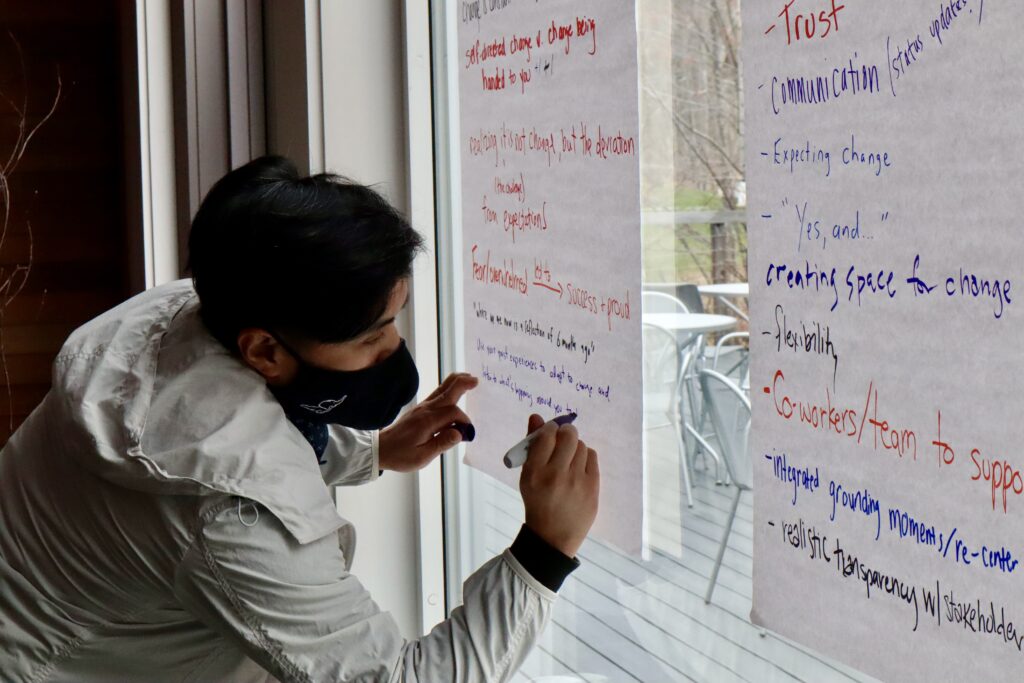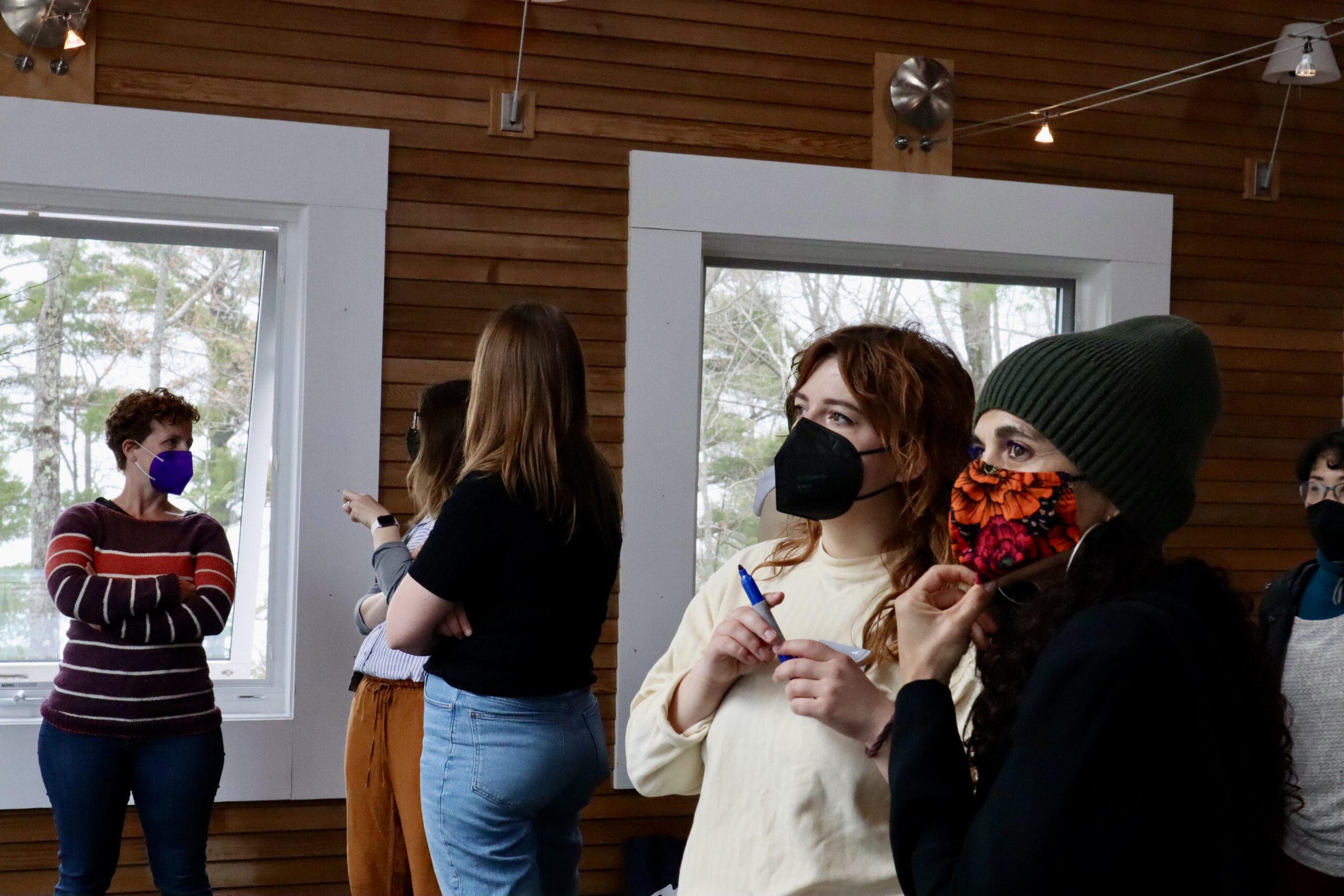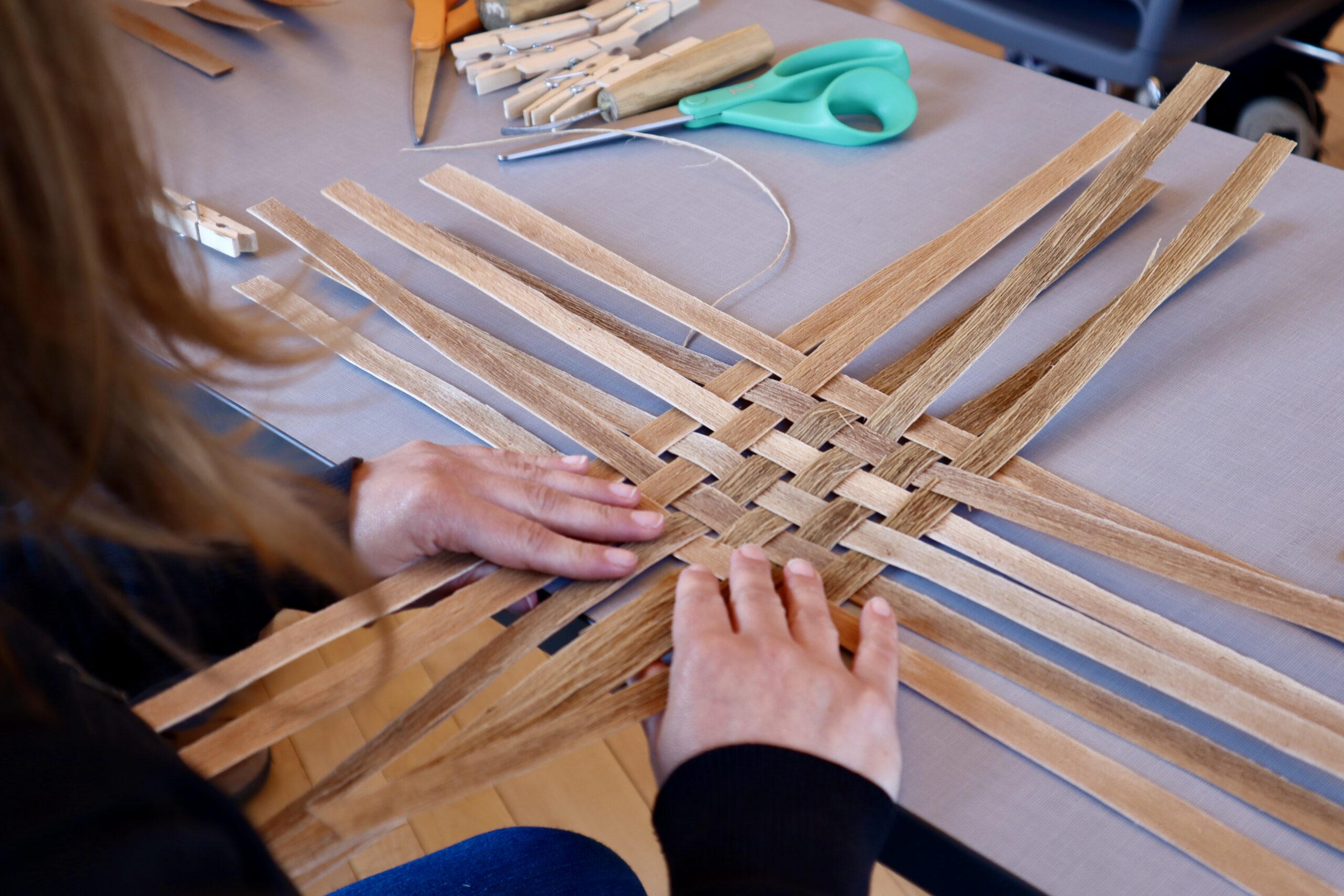As workplaces evolve, organizations that wish to attract and retain creative and engaged employees must find new ways to stay competitive in the marketplace. One such way, the four-day work week, has gained considerable attention in recent years.
The four-day work week is supported by substantial research indicating improved employee well-being, increased productivity, and reduced burnout. Studies have shown that companies with four day work week experience higher employee satisfaction, retention rates, and creative output. A Microsoft Japan experiment revealed a 40% boost in productivity when the company implemented a four-day work week, and a report by Henley Business School found that employees’ stress levels decreased by 25% when transitioning to a shorter workweek.
But just how do you implement a four-day work week? And what questions do you need to consider before giving it a try?
Arts Midwest made a shift to a four day work week in 2022. In this article, we seek to provide a detailed roadmap for organizations considering this transformative change.
What We Learned: Four-Day Work Week
Want a more in-depth understanding of Arts Midwest’s journey to the four-day work week? Check out this article about our process and what we learned.

What is a Four-Day Work Week?
A four-day work week is a scheduling arrangement that challenges the traditional norm of a five-day, forty-hour work week by reducing the standard schedule an employee works without reducing their pay. Various models of the four-day work week exist and can offer flexibility to accommodate different organizational needs and employee preferences.
-
1
Standard Four Day, 32 Hour Week
The most common model of a four-day work week is a scheduling arrangement where full-time, salaried employees work for four days each week, resulting in a 32-hour workweek.
-
2
Summer Fridays Off
Some organizations use a four-day work week seasonally, giving employees “Summer Fridays” off.
-
3
“Fortnight” Model
Another approach is the “fortnight” model, where employees take an additional paid day off every two weeks. This structure maintains a consistent workweek while offering regular breaks to recharge.
-
4
4/10 Schedule
In a “4/10” schedule, employees work four, 10-hour days a week. This condensed work week allows for an extra day off, providing an extended weekend and potentially reducing commuting time and costs but it does not reduce the total hours worked. This model is not as effective at reducing burnout.
How Did We Get Here?
While the four-day work week feels like a radical shift to some of us, the five day work week is less than a hundred years old.
Before 1900, a six-day work week was standard practice. However, a transformative shift occurred in the early 1900s when labor unions and activists began advocating for five-day work weeks.
In 1940, an amendment to the Fair Labor Standards Act standardized the five-day forty-hour work week in the United States. At the time, economists predicted that the four-day work week would become the norm within a couple of generations.
Moving into the 21st century, the COVID-19 pandemic prompted a profound reassessment of traditional office culture, emphasizing the need for more flexible work arrangements and heightened awareness of employee burnout.
In 2022, 4 Day Week Global launched a study examining trials of the four-day work week in 41 U.S. companies. The study found that the four-day work week was effective at reducing stress and the majority of employers in the study decided to continue the four-day work week permanently.

Get Started at Your Organization
Implementing a four-day work week can be transformative, offering important benefits to individuals and organizational culture. However, it is a major change that requires thoughtful planning, input from all staff, and good communication.
We recommend following these steps to support a smooth transition to your Four Day Work Week:
Ask Key Questions
Moving to a four-day work week is a major change. Before you get started, discuss your organization’s reasons for exploring the four-day work week.
Key questions to ask as you get started:
- What are the primary reasons we currently adhere to a five-day work week and are those reasons critical to our mission? What would happen if we didn’t adhere to this structure?
- What’s motivating us to consider the four-day work week?
- Would a four-day work week bring us closer to living our organizational values?
- How is burnout affecting our organizational culture?
- Are we ready to go through a major change in how we work? How will we support staff through thischange?
Plan a Trial
Before you commit to a four-day work week on a permanent basis, hold a trial period to see if this schedule is a fit for your organization. It’s important to involve all teams in planning the trial in order to get full organizational buy-in and bring questions, concerns, and ideas to light. Our template for building a plan is a great tool for getting started.
Launch Your Trial
Once you have developed a plan for your trial, you’re ready to begin testing the four-day work week. Remember that this will be a major change and can be difficult, particularly at the start. It is especially important for leaders in the organization to set expectations for their teams by committing to the new schedule themselves.
Collect Feedback and Monitor Results
Don’t wait until your trial is nearing the end to check-in with your staff about how it’s going. Ask about how it’s going along the way and offer support to staff who are struggling.
Key questions to ask your staff:
- How is the four-day work week working for you?
- Are you able to find time in your week to focus?
- Do you have enough time in your week for collaboration with colleagues?
- Has the four-day work week brought more creativity into your work?
Decide to Continue, Adjust, or Stop
When you reach the end of your trial period, use the criteria you developed in the planning phase to decide if you will continue. It’s always a great idea to ask your staff directly for their input about the decision. You may identify adjustments that will strengthen your four-day work week.
Share Your Journey and What You Learn
Many organizations are interested in exploring a four-day work week, but find it daunting to try. If you have success with the four-day work week, let others in your community know. Normalizing a four-day work week can help change things for the better in your community.

Case Study: Arts Midwest’s Trial Plan
Leading up to our trial period, all staff members at Arts Midwest attended a staff retreat where they were invited to raise questions, share concerns, and contribute ideas about how to run our trial period.
Our Basic Agreements
- Our trial will last six months, from July 2022 to December 2022.
- During our trial, our schedule will be Monday to Thursday, with Fridays off. This will help minimize confusion about our schedule and help us to communicate externally about when we’re available to work.
- Our workday length is not changing during the trial.
- There will be no change to compensation as a result of the four-day work week.
- We understand that the four-day work week is not an alternative to flexible scheduling during the work week. It is still okay to use PTO for personal errands or appointments or to flex hours within the work week.
Communication Plan
- We will communicate proactively and honestly about our new schedule and our reasons for trying the four-day work week.
- Before the start of the trial, we will communicate our new schedule to all constituents through email.
- We will share our schedule in email signatures and on our website.
- We will invite connections for further discussions.
Checking In With Each Other
- We will use regular pulse check surveys and staff meetings to understand how staff are dealing with this change.
- Supervisors will support direct reports by checking in on workloads.
Workplans and Meeting Schedules
All teams will identify opportunities to consolidate, eliminate, or modify standing meetings.
- Teams will review workplans and adjust timelines to accommodate the transition to a four-day work week.
- Teams are invited to prioritize tasks, reconsider internal deadlines, and consolidate projects and efforts, where possible.
- We will make our meetings more efficient by setting agendas and expectations about what type of participation is needed in advance (ex: discussion, working meeting, brainstorm, check-in, etc.)
HR and Finance Adjustments
- During the trial period, we will not adjust paid time off (PTO) accruals.
- If we adopt the four-day work week permanently, we will reduce PTO accruals and maximums by 20%.
- We will not change our bi-weekly pay schedule (Fridays), but we will shift deadlines for timesheets so that our finance and HR teams can fully adopt the four-day work week.
- We will not redefine full-time employment in our policies during the trial.
- If we adopt the four-day work week permanently, we will redefine full-time employment and part-time employment based on the new schedule.
- If we hire hourly employees in the future, we will increase their hourly rate to give them a similar benefit.
Criteria for Decision
- We will base our decision about whether to continue the four-day workweek on:
- Staff feedback about whether or not this is working
- The impact of the schedule on productivity, measured by the results we achieve
- The community response and whether or not there are complaints or difficulties connecting with us as a result of the four-day work week.
Build Your Own Trial Plan
Before implementing a four-day work week, it’s crucial to consider all aspects of your organization and how this change might affect your team and how you operate.
• When would be the best time to hold a trial?
• How long will our trial last?
• Will we have the same day off or stagger our days off? If the same day, which day?
• How will we communicate this change to our constituents and stakeholders?
• What reactions do we anticipate from staff, constituents, the Board of Directors, or other stakeholders regarding this change?
• How will we respond to inquiries or concerns about our schedule?
• How will we support staff through this transition?
• How will we gather feedback to know if the four day work week is working for us?
• What do supervisors need to support their teams?
• What deadlines will need to shift in a four day work week?
• How will we adjust workloads to make sure that top priorities are feasible during the trial?
• Will we need to audit and adjust our meeting schedule?
• Do our payroll or accounts payable schedules need to change?
• What policies would need adjustment if this model were adopted long-term?
• Do we have hourly employees? If so, how will we need to adjust their compensation to ensure that there is no change to their take home pay as a result of the trial?
• How and when will we determine if the four-day work week is successful for our organization?
• What criteria will guide our decision to make the trial permanent?
Try it for yourself
Download our list of questions to ask as you build your trial, or reference Arts Midwest’s plan for inspiration as you set up your own four-day work week.
Build Your Own Plan Download Arts Midwest’s Plan
Other Resources We Recommend:
- What We Learned: Four-Day Work Week (Arts Midwest)
- 4DWW Global Study
- Adopting a 4DWW: Unlock Productivity and Wellbeing (National Arts Strategies)
- How to actually execute a 4 day workweek (Harvard Business Review)
- 5 Steps for Adopting a Four Day Workweek (SHRM)
- My Art and Tech Company Has a Four-Day Work Week. It’s Made Us More Creative, More Productive, and Much, Much Happier (Art Net)
- How a Four-Day Week Would Create a Better Artworld (Art Review)
- Here’s Why We’re Trying a 4-Day Work Week (JAYU)
